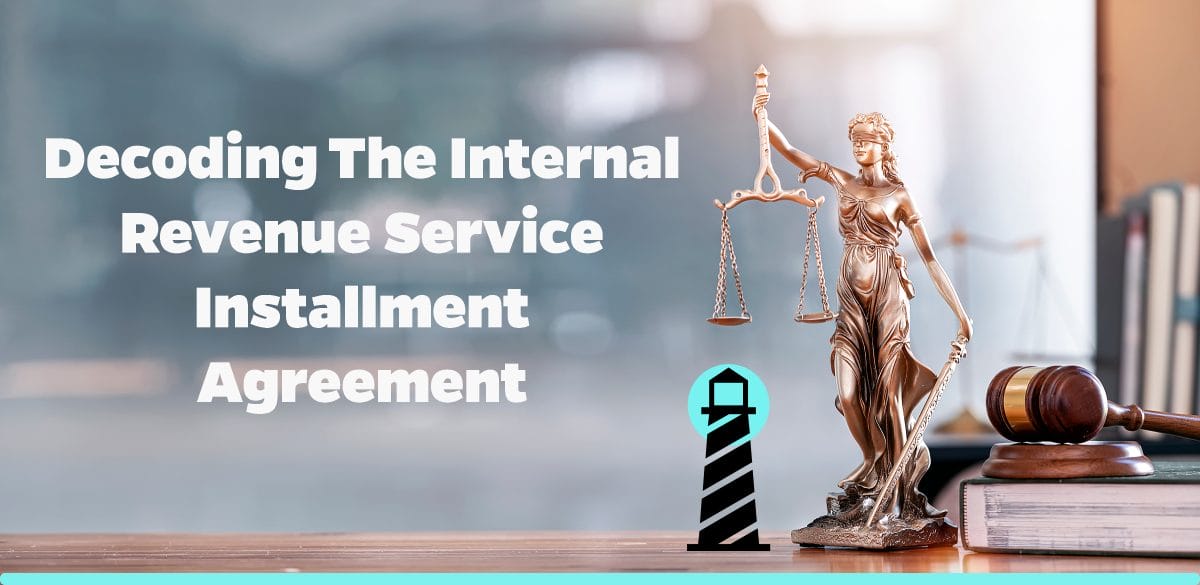Understanding the Internal Revenue Service Installment Agreement
In order to appreciate the workings of an Internal Revenue Service Installment Agreement (IRSIA), it is important to determine exactly what it is. Essentially, an IRSIA is a payment plan that enables citizens to repay their outstanding federal taxes in manageable, monthly installments. This helps those who might find it exceedingly difficult – or even impossible – to pay off their tax debt in one lump sum.
The installment agreement is designed to be flexible and considerate of the taxpayer’s financial standing. Therein lies the true beauty of the IRS installment agreement, it is a tool of relief tailored to suit the taxpayer’s abilities and circumstances.
Eligibility for an IRS Installment Agreement
Not all taxpayers can qualify for an IRS installment agreement. Proceed to understanding the qualifying standards, you may want to look at this comprehensive guide by IRS to further your knowledge on the subject. Generally, below are three fundamental eligibility criteria:
• The taxpayer must have filed all tax returns.
• The taxpayer must not have had an installment agreement in the last five years.
• The taxpayer must project the ability to pay off the debt within the term of the agreement while staying current with all new tax liabilities.
Selecting the Right Installment Agreement
Acquiring an installment plan is an excellent strategy to manage the hefty financial statement issued by the IRS. However, it is equally important to choose the right IRS installment agreement to achieve the best results. There are four basic types of IRS installment agreements:
1. Guaranteed Installment Agreements
This installment agreement requires that any tax liability sum below $10,000 be paid over a period of 36 months or less. The IRS is obligated to agree to an installment plan if a taxpayer meets the necessary requirements, hence its label as a “guaranteed” agreement.
2. Streamlined Installment Agreements
A streamlined agreement is applicable when a taxpayer owes $50,000 or less in combined tax, penalties, and interest. The taxpayer can then select a short-term payment plan (120 days or less) or a long-term payment plan (more than 120 days).
3. Partial Payment Installment Agreements
Under partial payment installment plans, taxpayers can make monthly payments that are less than the full amount they owe. After a specified period, the remaining balance of their debt is pardoned.
4. Non-Streamlined Installment Agreements
Also known as complex installment agreements, these are for taxpayers who owe more than $50,000 in combined tax, penalties, and interest. They will need to negotiate the terms of the plan with the IRS, including the monthly payment amounts.
The Benefits of an IRS Installment Agreement
Apart from giving taxpayers a means to handle their tax debt, an IRS installment agreement offers a variety of other advantages.
• It can prevent the IRS from seizing your property or assets.
• It can halt the accumulation of penalties and interest on your tax debt.
• It can protect your credit score from being adversely affected by unpaid taxes.
Final Thoughts
Wrapping up, an Internal Revenue Service Installment Agreement carries significant implications for taxpayers. It offers an effective solution for individuals who are unable to settle their tax debt in one comprehensive payment. By understanding the fundamentals of an IRS installment agreement, taxpayers can take the most appropriate course of action to handle their financial obligations to the IRS. Considering the massive direct intervention this agreement brings in one’s financial life, it is advisable to approach this decision with the utmost vigilance, care, and knowledge. At Brightside Tax Relief, we take pride in providing valuable information and support to all those seeking assistance with their tax-related concerns. Ensure to keep yourself updated with all necessary tools and resources available to ascertain a smooth journey through your tax-payment process.




